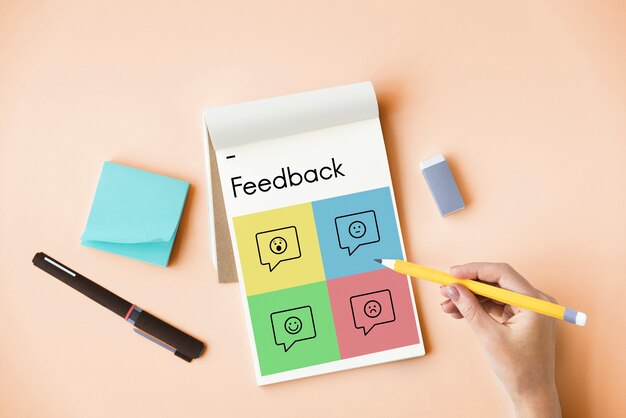
By Arifur Rahman
In the realm of education, feedback stands as a cornerstone, offering more than a mere assessment of academic performance. It serves as a compass, guiding the trajectory of a child's growth and learning journey while significantly enhancing their capabilities and shaping their personality. As the wise Bill Gates remarked, "We all need people who give us feedback. That’s how we improve." Academic Progress Reporting The conventional approach of providing feedback twice a year, usually after examinations, is an outdated model. To truly enhance a child's development, involving parents in a more continuous feedback loop throughout the learning cycle becomes imperative. Report cards, often perceived as measures of mastery, fall short in capturing the nuances of a student's journey. The stark contrast between an "A" and a "C," while potentially signifying a similar understanding, tends to be interpreted differently. This emphasis on grades, rather than on the learning process itself, can inadvertently lead students to seek shortcuts for passing rather than aiming for a deep comprehension of the subject matter. To break free from this evaluation-centric approach, a fundamental shift from focusing solely on grades and outcomes to prioritizing the significance of constructive feedback in student learning is necessary. Embracing the Beautiful Chaos The learning process is inherently messy; should accommodate errors, allowing room for trial and error, and recognizing that learning is an ongoing journey rather than a static destination. Embracing the concept that "failure is the greatest teacher" advocates for allowing students to experience and learn from setbacks. From a young age, children are exposed to a significant amount of feedback, initially characterized by positivity and consistency. However, as they progress through successive grades, feedback tends to become less precise and more negative. “You have forgotten again to do your homework,” “this math sum is wrong”, “I can’t give marks for half-answers”, "learn and come better" and so many more. You all must have faced it too. This evolution in feedback, from applauding achievements to highlighting shortcomings, unconsciously affects a child's self-esteem, confidence, and ability to handle feedback. Undoubtedly, feedback offers practitioners and learners evidence about current knowledge and stage of skill development. However, the manner in which feedback is delivered warrants attention. As educators, the shared goal should be to enhance the learning experience, meet learning outcomes for all, and nurture each child into the best version of themselves. This can be achieved by understanding the progress and achievements of each child, enabling practitioners to tailor individualized action plans for a special and unique learning experience. Tips for Providing Feedback: Offering effective feedback is an art, and implementing strategic approaches can amplify its impact. Recognize Effort:-Take notice of a student's behavior or effort in a task. -Acknowledge even small efforts, as positive recognition positively influences academic performance. Clear Communication:-Communicate the purpose of an assessment or feedback to students. -Provide a clear model or example of expectations for the assigned task. Varied Feedback Methods:-Deliver student feedback verbally, non-verbally, or in written form.-Utilize facial expressions and gestures as additional means of conveying feedback.-For students struggling, consider holding a one-on-one meeting to address concerns. Parental Communication:When providing feedback to parents, answer three essential questions:-What can the student do well? (Appreciate the positive aspects of the child's work.)-Where is the student struggling? (Inform parents about areas of difficulty.)-How can the student improve? (Offer remedial steps and strategies for enhancement.) Strategic Negativity:-Employ the "feedback sandwich" approach: Compliment, Correct, Compliment.-Begin with a positive message, address areas of improvement in the middle, and conclude by highlighting positive qualities.-Emphasize your trust in the student's continuous improvement. Student Feedback Loop:Encourage students to provide feedback. Ask questions such as:-What did they enjoy about the class?-What aspects did they find challenging?-If they were the teacher, what changes would they implement?-What was their most valuable learning experience with you as their teacher? Remember, feedback is a two-way street, and as educators, continuous improvement is crucial. Remaining open to feedback from students provides valuable insights into our teaching methods and helps us evolve as educators. Embracing this feedback loop contributes to a dynamic and effective learning environment. In conclusion, feedback emerges as a powerful tool in shaping a bright learning experience. It should not merely be a report card; rather, it should sculpt a child's capabilities and personality, making them the best version of themselves. The continuous strive for improvement in the education sector requires a reevaluation of our perspectives on feedback. What's your take on feedback in education? Let's engage in this crucial conversation. #Education #FeedbackMatters #InMyOpinion